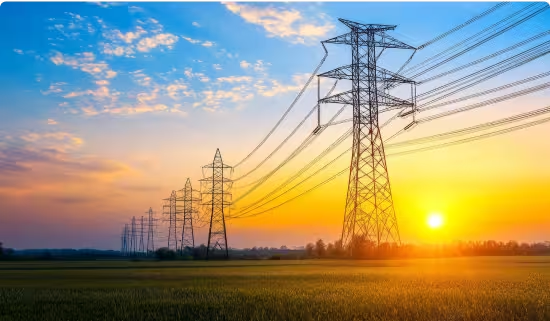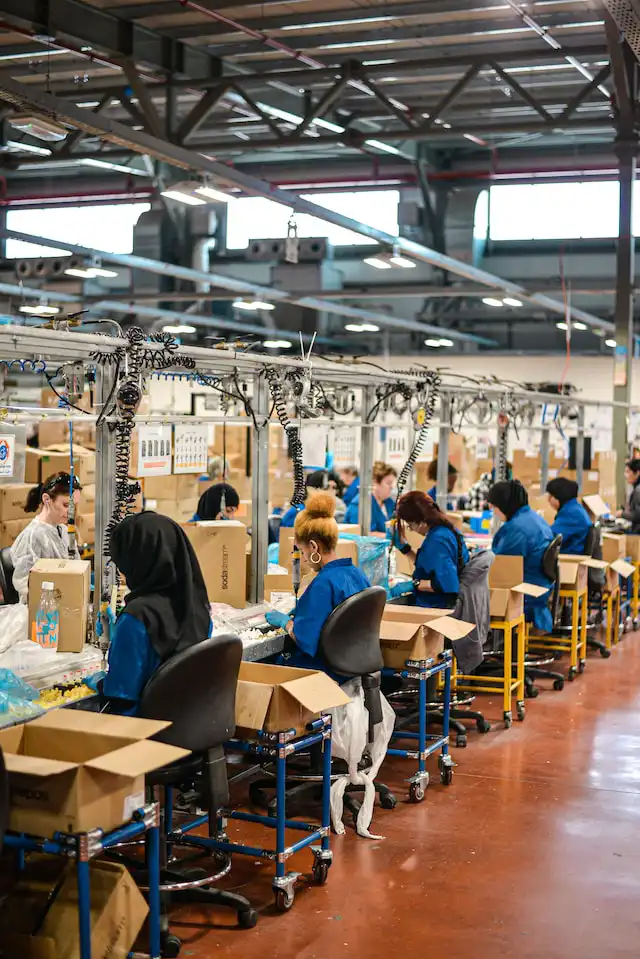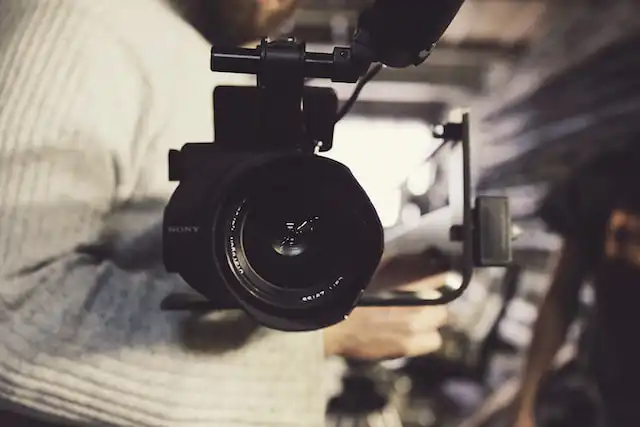
Japan Athletic Apparel and Footwear Industry Outlook to 2017-
Innovative Marketing and Brand Promotion Strategies to Impel Growth
Region:Asia
Product Code:KR31
February 2013
100
About the Report
The report titled "Japan Athletic Apparel and Footwear Industry Outlook to 2017- Innovative Marketing and Brand Promotion Strategies to Impel Growth" provides a comprehensive analysis of the market size of the Japan athletic apparel and footwear industry, market segmentation of athletic apparel and footwear by various categories such as training wear, basketball wear, football wear and others by contribution and value. The report also entails the market share of major international and domestic players in athletic apparel market in Japan and athletic footwear market. The report also provides major trends and developments of the athletic wear industry in Japan. An analysis of the future of Japan athletic apparel and footwear industry is provided on the basis of revenue of the market over next five years.
In the last seven years, the athletic apparel market potential and related business opportunities have weakened tremendously within the Japanese sports industry. The athletic apparel market in Japan has grown at a negative CAGR of 2.1% from 2006-2012. In 2012, the market was valued at USD ~ million as compared to USD ~ million in 2006. This was due to the slowdown in consumer confidence and dearth of finances among the households as a result of the dampened economy due to earthquakes and tsunami, which has hindered the overall economy over the last few years.
Massive earthquakes, tsunami and nuclear power plant explosions have devastated many areas in the north of Japan, leading to millions of people caught in the tragedy. It was observed that in 2006 the production of athletic apparels was ~ thousand units which plunged to ~ thousand units in 2012.
The athletic apparel market in Japan is majorly held by training wear, golf wear, outdoor wear and lifestyle wear accounting for nearly ~% of the overall market in the country in 2012. The training wear market in the country held the lion's share of ~% in 2012 generating revenue worth of USD ~ million during the year. Japan athletic apparel market is bifurcated on the basis of gender with the majority of the production held by male. In 2012, males segment has contributed nearly ~% to the production of athletic apparels by woven category. Women contributed nearly ~% to the athletic apparel production in Japan market in 2012 as compared to ~% in 2006.
On the other hand, the market for athletic footwear in Japan has showcased positive growth on account of demand for multipurpose footwear, running, walking, and basketball and football footwear. The industry shipment volume of sports footwear in Japan reached ~ thousand pair of sports footwear in 2012 from ~ thousand pair of shoes in 2011. The contribution of multipurpose footwear in Japan's athletic footwear market stood at ~% in 2012 followed by walking and running footwear contributing nearly ~% to the overall revenue of athletic footwear in Japan.
The Japan athletic apparel market is concentrated with the presence of several large scale and small scale manufacturers, retailers and wholesalers, of which the top 6 companies contribute around ~% of the total athletic apparel market revenue in 2011. The market in 2011 was led by the domestic player Descente with ~% contribution to the total athletic apparel market revenue. The second leading player in athletic apparel market in Japan is Goldwin which contributed ~% to the market and generating revenue worth USD ~ million in 2011. The largest player in athletic footwear market in Japan is Asics with a market share of ~% and total revenue of USD ~ million from athletic footwear sold during the year, followed by Adidas group contributing nearly ~% to the overall market in the country.
KEY TOPICS COVERED IN THE REPORT
- The market size of the Asia-Pacific athletic apparel and footwear Industry, 2006-2012.
- The market size of the athletic apparel and footwear market in the countries such as China, Japan, Australia and India, 2006-2012.
- Market size of athletic apparel and footwear market in Japan by volume, 2006-2012
- Market segmentation of athletic apparel market in Japan by gender, 2006-2012
- Market segmentation of athletic apparel market in Japan by sports categories, 2006-2012
- Market Segmentation of athletic footwear market by sports categories, 2006-2012
- Market Share of leading players in athletic apparel market in Japan,2011
- Market share of leading players in athletic footwear market in Japan, 2011
- Company profiles of major domestic players in Japan athletic apparel and footwear market
- Trends and developments in athletic apparel and footwear market in Japan
- Future outlook and projections of the basis of revenue in Japan athletic apparel and footwear market, 2013-2017
- Future outlook and projections of the basis of revenue in Asia-Pacific and by countries: China, Japan, Australia and India, 2013-2017
Products
Athletic Apparel, Athletic Footwear, Athletic Wear, Apparel, Textile, Clothing, Footwear
Companies
Descente, Goldwin, Adidas, Mizuno, Nike, Asics
Table of Contents
1. Asia-Pacific Athletic Apparel and Footwear Industry Introduction
1.1. Asia-Pacific Athletic Wear Market Size by Revenue, 2006-2012
1.1.1. By Athletic Apparel, 2006-2012
1.1.2. By Athletic Footwear, 2006-2012
2. Asia-Pacific Athletic Wear Market Segmentation, 2006-2012
2.1. By Athletic Apparel and Footwear, 2006-2012
2.2. By Geography, 2006-2012
3. Japan Athletic Apparel and Footwear Industry Introduction
3.1. Japan Athletic Apparel Market Size, 2006-2012
3.1.1. By Value, 2006-2012
3.1.2. By Volume, 2006-2012
3.2. Japan Athletic Footwear Market Size, 2006-2012
3.2.1. By Value, 2006-2012
3.2.2. By Volume, 2006-2012
3.3. Japan Athletic Apparel Market Segmentation, 2006-2012
3.3.1. By Product Categories, 2006-2012
3.3.2. By Woven Category, 2006-2012
3.3.2.1. By Gender, 2006-2012
3.3.3. By Knit Category, 2006-2012
3.4. Japan Athletic Footwear Market Segmentation, 2006-2012
3.4.1. By Value, 2006-2012
3.4.2. By Volume, 2006-2012
3.5. Market Share of Major Players in Japan Athletic Apparel and Footwear Market, 2011
3.5.1. By Athletic Apparel, 2011
3.5.2. By Athletic Footwear, 2011
3.6. Japan Athletic Apparel and Footwear Industry Trends and Developments
New Marketing Strategies
Developing New Products
Increasing Number of Fitness Clubs and Programs
Declining Import of Sports Footwear in Japan
3.7. Japan Athletic Apparel and Footwear Market Future Outlook and Projections, 2013-2017
3.8. Company Profiles of Major Domestic Players in Japan Athletic Apparel and Footwear Market
3.8.1. Asics
3.8.1.1. Company Overview
3.8.1.2. Business Strategy
3.8.1.3. Financial Performance, 2008-2011
3.8.2. Mizuno
3.8.2.1. Company Overview
3.8.2.2. Business Strategy
3.8.2.3. Financial Performance, 2009-2011
3.8.3. Descente
3.8.3.1. Company Overview
3.8.3.2. Business Strategy
3.8.4. Goldwin Inc.
3.8.4.1. Company Overview
3.8.4.2. Business Strategy
3.9. Macro Economic Factors of Japan Athletic Apparel and Footwear Industry, 2006-2017
3.9.1. Population, 2006-2017
3.9.2. Consumption Expenditure of Households on Clothing and Footwear, 2006-2017
3.9.3. Gross Domestic Product, 2006-2017
4. Asia-Pacific Athletic Apparel and Footwear Market Future Outlook and Projections, 2013-2017
4.1. By Geography, 2013-2017
4.2. Cause and Effect Relationship Between Industry Factors and the Asia-Pacific Athletic Apparel and Footwear Market Prospects
5. Major International Players in Asia-Pacific Athletic Apparel and Footwear Market
5.1. NIKE
5.1.1. Company Overview
5.1.2. Business Strategy
5.1.3. Financial Performance, FY'2008-FY'2012
5.2. Adidas Group
5.2.1. Company Overview
5.2.2. Business Strategy
5.2.3. Financial Performance, 2008-2012
5.3. PUMA
5.3.1. Company Overview
5.3.2. Business Strategy
5.3.3. Financial Performance, 2008-2012
6. Appendix
6.1. Market Definitions
6.2. Abbreviations
6.3. Research Methodolgy
Data Collection Methods
Approach
Variables (Dependent and Independent)
Multi Factor Based Sensitivity Model
Final Conclusion
6.4. Disclaimer
Why Buy From Us?

What makes us stand out is that our consultants follows Robust, Refine and Result (RRR) methodology. i.e. Robust for clear definitions, approaches and sanity checking, Refine for differentiating respondents facts and opinions and Result for presenting data with story

We have set a benchmark in the industry by offering our clients with syndicated and customized market research reports featuring coverage of entire market as well as meticulous research and analyst insights.

While we don't replace traditional research, we flip the method upside down. Our dual approach of Top Bottom & Bottom Top ensures quality deliverable by not just verifying company fundamentals but also looking at the sector and macroeconomic factors.

With one step in the future, our research team constantly tries to show you the bigger picture. We help with some of the tough questions you may encounter along the way: How is the industry positioned? Best marketing channel? KPI's of competitors? By aligning every element, we help maximize success.

Our report gives you instant access to the answers and sources that other companies might choose to hide. We elaborate each steps of research methodology we have used and showcase you the sample size to earn your trust.

If you need any support, we are here! We pride ourselves on universe strength, data quality, and quick, friendly, and professional service.















